21 May 2024 Daily Current Affairs
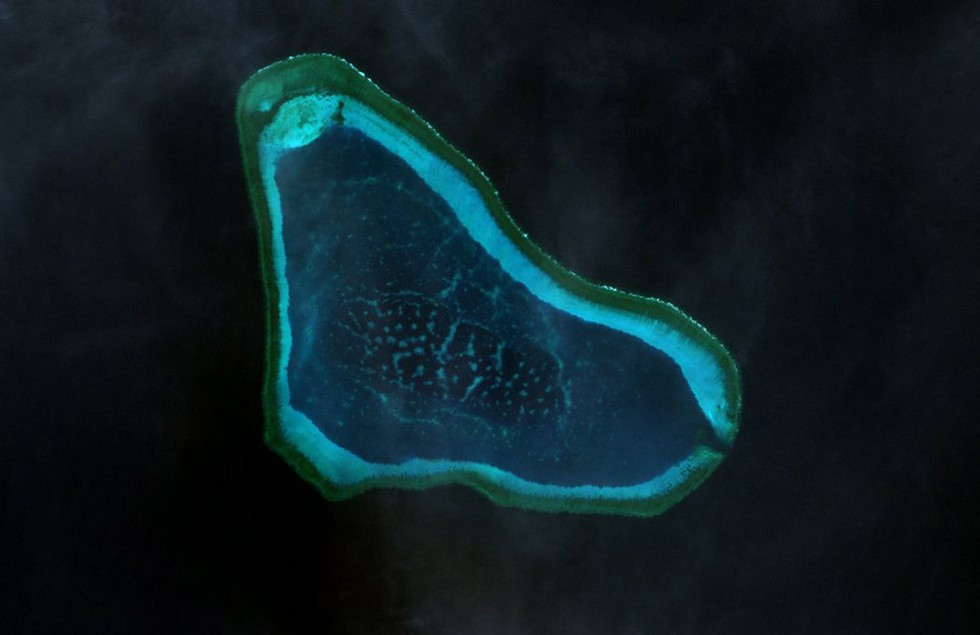
About Scarborough Shoal:
- The Scarborough Shoal (also known in English as the Scarborough Reef) is a series of small rocks and islands which are formed into a triangle shape in the South China Sea, located some 220 kilometers from the Philippines.
- The largest island features a lagoon and is around sixty square miles in area, while many of the rocks are so small they protrude only a metre or so from the sea at low tide and are completely submerged when the tide is high.
- The deep waters around the shoal make it a productive fishing area, rich in marine life and the lagoon also contains many commercially valuable shellfish and sea cucumbers.
- The shoal is the source of an ongoing and, so far, unresolved dispute between the People’s Republic of China and the Philippines, with both countries claiming that the shoal lies within their territory and saying they have exclusive rights to access its waters.
- There are no structures built on Scarborough Shoal, but the feature is effectively controlled by China, which has maintained a constant coast guard presence at the feature since 2012.
- China, which now refers to the shoal as Huangyan Island, makes a historical claim to the area, stating that they can trace their ownership of the area back to the Yuan Dynasty of the 1200s.
- The Philippines claim the area on the basis of geography, as it is much closer to the Philippines’ main island of Luzon, which contains the capital, Manila, but lies over 500 miles from China.
2. What is the Copernicus Emergency Management Service (EMS) Programme?

About Copernicus Emergency Management Service (EMS) Programme:
- Named after the renowned 15th-century scientist Nicolaus Copernicus, the programme is the earth observation component of the European Union’s (EU) space initiative.
- Copernicus was launched in 1998 and was earlier known as the Global Monitoring for Environment and Security Programme (GMES).
- The programme uses global data from satellites, and ground-based, airborne, and sea-borne measurement systems to provide environment-related information to researchers, policymakers, public authorities, international organisations and commercial and private users to address issues related to climate change, disaster management and agriculture, among other uses.
- The space segment uses a group of satellites, called the Sentinels and the Contributing Missions.
- It is complemented by a ground segment which includes in-situ sensors that provide access to the Sentinels and Contributing Missions data.
- Presently, the programme is implemented by EU member states with the support of the European Space Agency (ESA) for the space component and the European Environment Agency (EEA) for the in-situ component.
- Notably, data from the Copernicus programme is freely available and accessible to all.
- Active since 2012, the Copernicus EMS works on two models—on-demand mapping and early warning and monitoring—to issue warnings, risk assessments, and information on the impact of disasters worldwide, before, during, or after a crisis.
- While on-demand mapping offers detailed information for specific emergencies, early warning provides critical geospatial data through monitoring and forecasts for floods, droughts and forest fires.
- How does rapid mapping work?
- The Copernicus EMS on-demand rapid mapping provides geospatial information within a few hours or days of a request to support efforts in the immediate aftermath of an emergency or a disaster anywhere in the world.
- It acquires, processes, and analyses satellite images, geospatial data and relevant social media in rapid mode to provide information.
- The service offers four “products”, one pre-event reference and three post-event (first estimate, delineation, and grading).
- Each comprises delivery packages, including maps and a vector package of spatial data.

About Small Industries Development Bank of India (SIDBI):
- It was set up on 2nd April 1990, under an Act of the Indian Parliament.
- Purpose: To act as the principal financial institution for promotion, financing and development of the Micro, Small and Medium Enterprise (MSME) sector, as well as for the co-ordination of functions of institutions engaged in similar activities.
- It is under the jurisdiction of the Ministry of Finance.
- It was incorporated initially as a wholly owned subsidiary of the Industrial Development Bank of India (IDBI).
- Currently the shares of SIDBI are held by the Government of India (GoI) and 22 other institutions/PSBs/insurance companies owned or controlled by the Central Government.
- Headquarters: Lucknow, Uttar Pradesh
- SIDBI helps MSMEs in acquiring the funds they require to grow, market, develop and commercialize their technologies and innovative products.
- The bank provides several schemes and also offers financial services and products to meet the individual requirements of various businesses.
- Financial support to MSMEs is provided by way of
- Indirect/refinance to banks/Financial Institutions for onward lending to MSMEs
- Direct finance in niche areas like risk capital, sustainable finance, receivable financing, service sector financing, etc.
- SIDBI was made responsible for administering the Small Industries Development Fund and the National Equity Fund that were administered by IDBI before.
- In order to promote and develop the MSME sector, SIDBI adopts a ‘Credit Plus’ approach, under which, besides credit, SIDBI supports enterprise development, skill upgradation, marketing support, cluster development, technology modernization, etc.
4. What is R21/Matrix-M Vaccine?

About R21/Matrix-M Vaccine:
- It is a new vaccine approved for the prevention of malaria in children.
- It is the second malaria vaccine recommended by the World Health Organization (WHO),following the RTS, S/AS01 vaccine, which received a WHO recommendation in 2021.
- The vaccine was developed by the Jenner Institute at Oxford University and the Serum Institute of India with support from the European and Developing Countries Clinical Trials Partnership ('EDCTP'), the Wellcome Trust and the European Investment Bank ('EIB').
- This low-cost, high-efficacy vaccine is already licensed by several African countries.
- How does the R21/Matrix-M vaccine Works?
- Vaccines work by putting the antigen, which is the piece of the virus or bacteria that our system recognises and responds to, in front of our immune cells.
- The R21/Matrix-M vaccine targets the plasmodium 'sporozoite', which is the first form of the malaria parasite entering the human body.
- Only a few (10–100) sporozoites are injected by infected mosquitoes before the parasite multiplies, making them the ideal target for a vaccine.
- R21 is a subunit vaccine that delivers parts of a protein secreted by the sporozoite that is bundled up with a part of the hepatitis B virus that is known to trigger a strong immune response.
- The vaccine also contains Matrix-M, an "adjuvant" which boosts the immune system’s response to make it more powerful and long-lasting.
Key Facts about Malaria:
- It is a life-threatening disease caused by parasites that are transmitted to people through the bites of infected female Anopheles mosquitoes.
- There are 5 parasite species that cause malaria in humans, and 2 of these species, Plasmodium falciparum and Plasmodium vivax pose the greatest threat.
- Malaria is common in tropical areas where it’s hot and humid.
- Children under 5 years of age are the most vulnerable group affected by malaria.
- The most severe form of malaria, which may progress to a coma, is known as cerebral malaria. This type represents about 15% of deaths in childrenand nearly 20% of adult deaths.
- Treatment:
- It is preventable and curable. With early treatment, most people with malaria will make a full recovery.
- Some drugs are given in combination with other drugs. The type of parasite will determine the type of medication.
- The main antimalarial drugs are:
- chloroquine
- hydroxychloroquine
- primaquine
- artemisinin-based therapy
- atovaquone-proguanil
5. What is Genetic Drift?
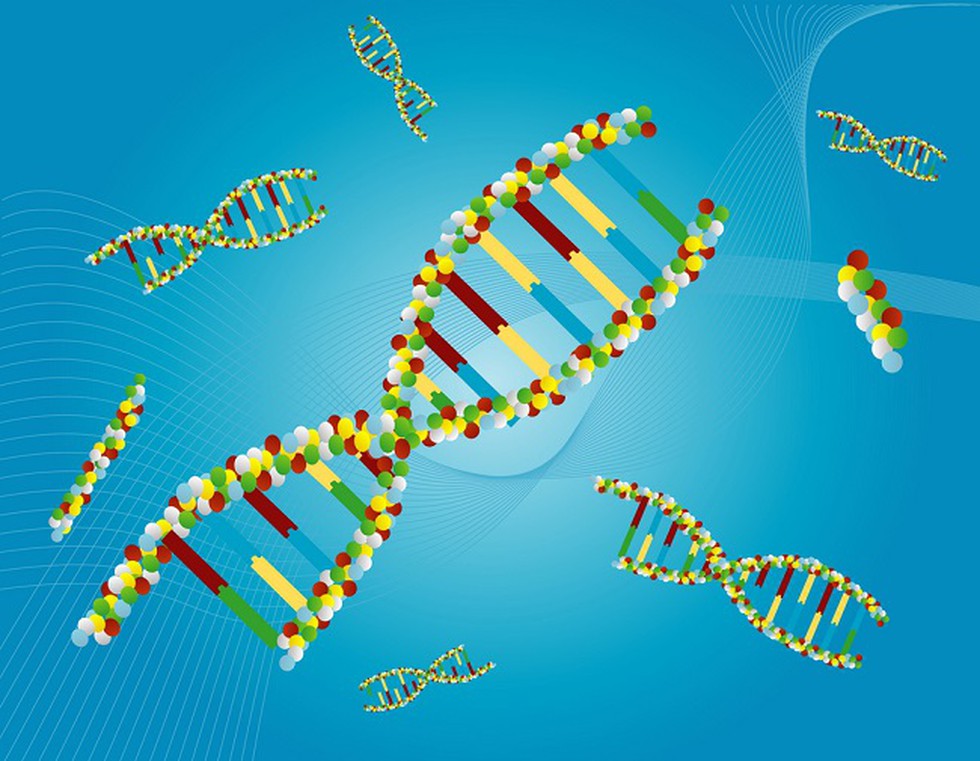
About Genetic Drift:
- It is one of the basic mechanisms of evolution.
- It takes place when the occurrence of variant forms of a gene, called alleles, increases and decreases by chance over time in a population.
- This occurs due to random sampling and the random events that influence the survival and reproduction of those individuals.
- These variations in the presence of alleles are measured as changes in allele frequencies.
- Small populations are more susceptible to genetic drift than large populations, whose larger numbers can buffer the population against chance events.
- Once it begins, genetic drift will continue until the involved allele is either lost by a population or until it is the only allele present in a population at a particular locus.
- Both possibilities decrease the genetic diversity of a population.
- It could also cause initially rare alleles to become much more frequent and even fixed.
- Genetic drift is common after population bottlenecks, which are events that drastically decrease the size of a population.
- In these cases, genetic drift can result in the loss of rare alleles and decrease the gene pool.
- Genetic drift can cause a new population to be genetically distinct from its original population, which has led to the hypothesis that genetic drift plays a role in the evolution of new species.
Genetic Drift vs Natural Selection:
- Genetic drift is the converse of natural selection.
- The theory of natural selection maintains that some individuals in a population have traits that enable them to survive and produce more offspring, while other individuals have traits that are detrimental and may cause them to die before reproducing.
- Over successive generations, these selection pressures can change the gene pool and the traits within the population.
- Thus, organisms that are more adapted to their environment are more likely to survive and pass on the genes that aided their success. This process causes species to change and diverge over time.
- Unlike natural selection, genetic drift describes the effect of chance on populations in the absence of positive or negative selection pressure.
6. Port of Call
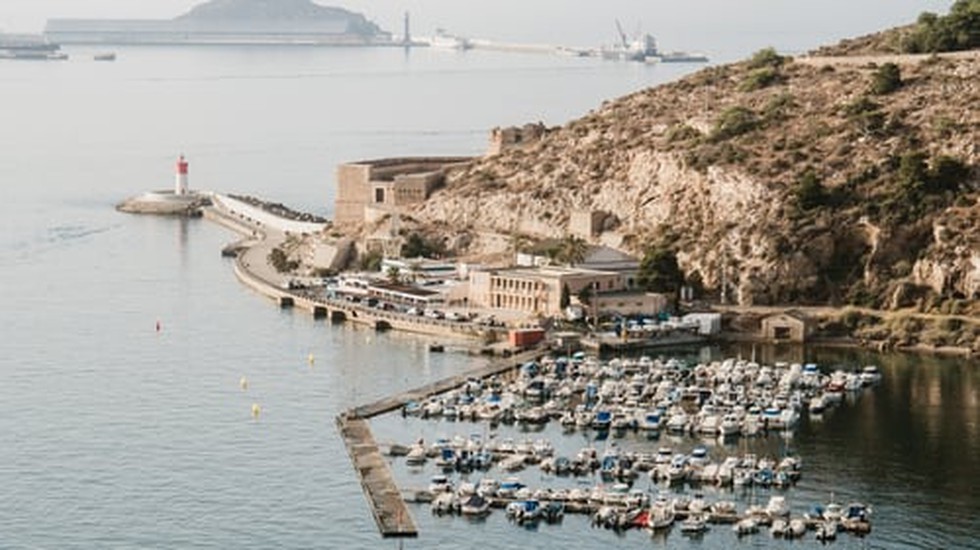 About Port of Call:
About Port of Call:- It is an intermediate stop for a ship on its scheduled journey for cargo operation or transporting supplies or fuel. It is a port where a ship stops except its home port.
- These are the ports which originally developed as calling points on main sea routes where ships used to anchor for refuelling, watering and taking food items. Later on, they developed into commercial ports.
- Examples: Aden, Honolulu and Singapore are good examples.
- It is also called port of refuge, port of call is usually not a part of a ship’s itinerary. The vessel may “call” the said intermediate port and need a stopover due to various reasons, like:
- Cargo operations (cleaning, repairs or maintenance)
- Stock up supplies (fuel, food, etc.)
- Load and unload cargo
- Unforeseen emergencies
- Depending on the reason for stopping, port of call can also be divided into subcategories, like:
- Dry harbor (for vessel maintenance), Cargo harbor (for cargo dispersal) and Fish harbor (for dropping fishes), etc.
7. Critical Tiger Habitat
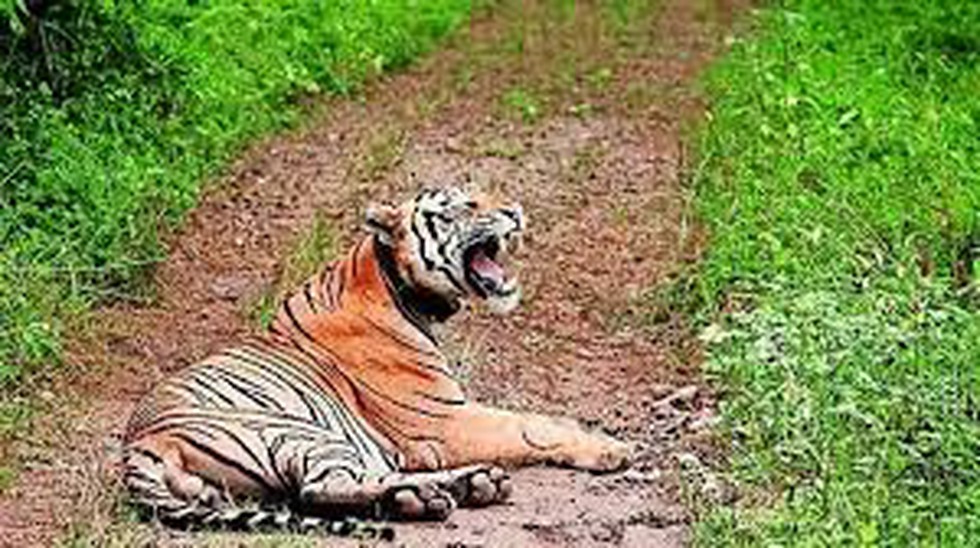
About Critical Tiger Habitat (CTH):
- It is also known as core areas of tiger reserves—are identified under the Wild Life Protection Act (WLPA), 1972.
- These are based on scientific evidence that "such areas are required to be kept as inviolate for the purpose of tiger conservation, without affecting the rights of the Scheduled Tribes or such other forest dwellers".
- The notification of CTH is done by the state government in consultation with the expert committee constituted for the purpose.
Key facts about Sariska Tiger Reserve
- It is located in the Alwar district ofRajasthan. It is well nestled in the Aravali Hills.
- It is the first reserve in the world to successfully relocate tigers.
- It is also famous for old temples, palaces and lakes such as Pandu Pol, Bhangarh Fort, Ajabgarh, Pratapgarh, Siliserh Lake and Jai Samand Lake.
- Topography:It possesses a rocky landscape, scrub thorn arid forests, grasses, hilly cliffs and semi-deciduous wood.
- Vegetation: The vegetation of Sariska corresponds to Northern Tropical Dry Deciduous Forests and Northern Tropical Thorn Forest.
- Flora: Dhok trees, salar, kadaya, gol, ber, Banyan, gugal, bamboo, kair, adusta, etc.
- Fauna: A variety of other wild animals, like the leopard, sambhar, chital and nilgai etc.
8. Pig Butchering Scam

About Pig Butchering Scam:
- It is also known as a “sha zhu pan” scam, which is a type of online investment fraud that involves scammers creating fake online personas to lure victims into fraudulent investment schemes.
- The term “pig butchering” comes from the scammers’ practice of “fattening up” their victims by building trust over time before “slaughtering” them and stealing their money.
- How it is carried out?
- It all begins with the “host" contacting people online through social media, dating apps, or deceptive messages.
- Once they’ve found a target, known as the “pig," the host establishes a false sense of friendship and encourages them to explore cryptocurrency trading.
- Using a fraudulent trading app, the host deceives the victim into believing they’re making profits from fabricated trades.
- Gradually, as the victim’s trust grows, the host persuades them to invest more money, a tactic referred to as “fattening the pig" before the scam is revealed.
- When victims attempt to withdraw their funds, the fake platform either makes excuses or imposes substantial fees, ultimately exposing the scam. Retrieving lost funds is exceedingly difficult due to the nature of blockchain transactions.
9. Manipuri Pony
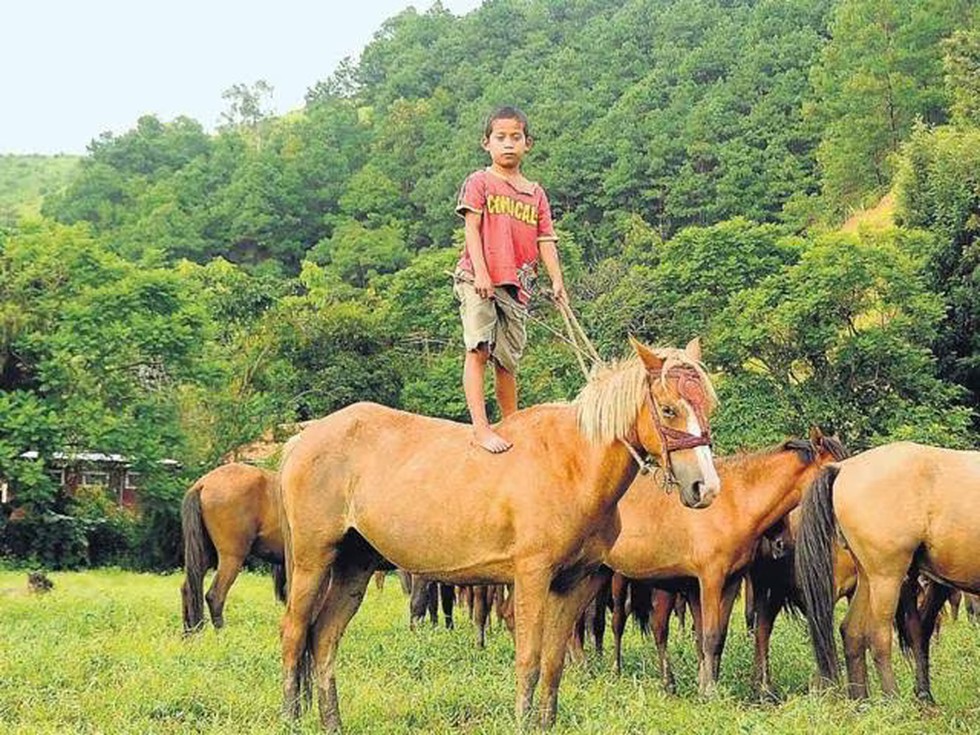
About Manipuri Pony:
- It is also known as Meitei Sagol and is one of the seven recognised horse and pony breeds of India.
- The others include the Marwari Horse, the Kathiawari Horse, the Zanskari Pony, the Spiti Pony, the Bhutia Pony and the Kachhi-Sindhi Horse.
- It is a small breed of 11 to 13 Hands and is known for its unique stamina, agility, intelligence, speed, manoeuvrability and great adaptability to harsh geoclimatic conditions.
- The breed is regarded as the original polo pony as modern polo is derived from the traditional Sagol Kangjei sport of Manipur.
- The ponies figure prominently in the Manipuri way of life. Besides traditional events like Lai haraoba and being used in sports like polo and horseraces,.
- They were also utilised as mounts by cavalry of the Manipur Kingdom which was feared throughout upper Burma during the 17th century.
- Status: The Manipur government declared the Manipuri Pony as an Endangered Breed in 2013.
- Factors responsible for the decline
- Shrinkage of wetlands, the natural habitat of the Manipuri Pony due to rapid urbanisation and encroachment;
- Lack of polo grounds/polo playing areas in rural Manipur;
- Restriction of pony usage except in the game of polo;
- Uncontrolled diseases; and the exodus of ponies to neighbouring states and countries.
10. What is Psychedelics?

About Psychedelics:
- These are drugs that induce states of altered perception, behaviour, consciousness and thought, often with increased awareness of the senses.
- The term ‘psychedelic’ comes from two Greek words denoting mind or soul and manifesting. It is a subset of psychotropic substances that can alter a person’s thoughts and perceptions and elicit intense hallucinations.
- These are categorised into two broad categories
- Classical psychedelics: These are thought to trigger hallucinations by activating a receptor called serotonin 5-HT, which is widely present in the human body, from the gastrointestinal tract to platelets to the nervous system. Examples: LSD, psilocybin and DMT
- Nonclassical psychedelics: These psychedelics bind to varied receptors. Examples: ketamine and MDMA
- Globally, about five psychedelics are the subject of clinical research for use in treating mental health problems: psilocybin; lysergic acid diethylamide (LSD); 3,4-methylenedioxy-N-methamphetamine (MDMA); ketamine and N, N-dimethyltryptamine (DMT).
- Most psychedelics work by increasing the availability of serotonin—a mood stabilising hormone—in the brain by binding to serotonin receptors (a molecule on the cell surface that binds to a specific chemical, causing a specific effect).
- The United Nations’ Convention on Psychotropic Substances, 1971, lists about 200 psychotropic substances under four schedules, with Schedule I substances having the most potential for abuse. The Convention does not specify which substances, or how many, are psychedelics.


























































































































































.png)
.png)
.png)
.png)
.png)


.png)
.png)
.png)





.png)
.png)






.png)
.png)
.png)
.png)
.png)
.png)
.png)
.png)
.png)

.png)







.png)
.png)


.png)
.png)
.png)


.png)

.png)
.png)





.jpg)

.png)
.png)


.png)

.png)
.png)
.png)

.jpg)

.jpg)


.png)

.png)
.png)
.png)
.png)
.png)
.png)
.png)
.png)
.png)
.png)




.png)

.png)





.png)
.png)
.png)
.png)
.png)
.png)
.png)
.png)
.png)
.png)
.jpg)
.jpg)

.png)
.png)
.png)
.png)
.png)
.png)
.png)
.png)
.png)
.png)
.png)
.png)
.png)
.png)
.png)
.png)
.png)
.png)
.png)
.png)
.png)
.png)



.png)
.png)

.jpg)
.jpg)


.jpg)
.jpg)
.jpg)
.jpg)
.jpg)

.jpg)








.jpg)
.jpg)
.jpg)
.jpg)
.jpg)

















.jpg)
.jpg)







.jpg)


















.jpg)
.jpg)






























































































.jpg)
.jpg)


























.jpg)

.jpg)










.jpg)








.jpg)




.jpg)










.jpg)


















.jpg)












































.jpg)














.jpg)
.jpg)
.jpg)





.jpg)

.jpg)
.jpg)





































































.jpg)


































.jpg)
.jpg)
















































.jpg)












.jpg)


.jpg)




.jpg)
.jpg)
.jpg)

.jpg)
.jpg)
.jpg)
.jpg)

.jpg)
.jpg)
.jpg)

.jpg)
.jpg)
.jpg)
.jpg)
.jpg)
.jpg)
.jpg)
.jpg)

.jpg)


.jpg)
.jpg)
.jpg)
.jpg)
.jpg)
.jpg)
.jpg)
.jpg)
.jpg)
.jpg)











.jpg)
.jpg)





.jpg)
.jpg)
.jpg)
























.jpg)
























.jpg)









.jpg)
.jpg)







.jpg)
.jpg)









































.jpg)
.jpg)
.jpg)
.jpg)
.jpg)

.jpg)
.jpg)
.jpg)
.jpg)
.jpg)


.jpg)
.jpg)
.jpg)
.jpg)
.jpg)

.jpg)
.jpg)
.jpg)
.jpg)
.jpg)
.jpg)
.jpg)
.jpg)
.jpg)
.jpg)
.png)

.png)
.png)

.png)
.png)
.png)
.png)


.jpg)
.jpg)

.jpg)
.jpg)
.jpg)

.png)
.png)
.png)
.png)
.png)
.png)
.png)

.png)
.png)
.png)
.png)
.png)
.png)
.png)
.png)
.png)
.png)





































































-min.png)



.png)




.png)








































